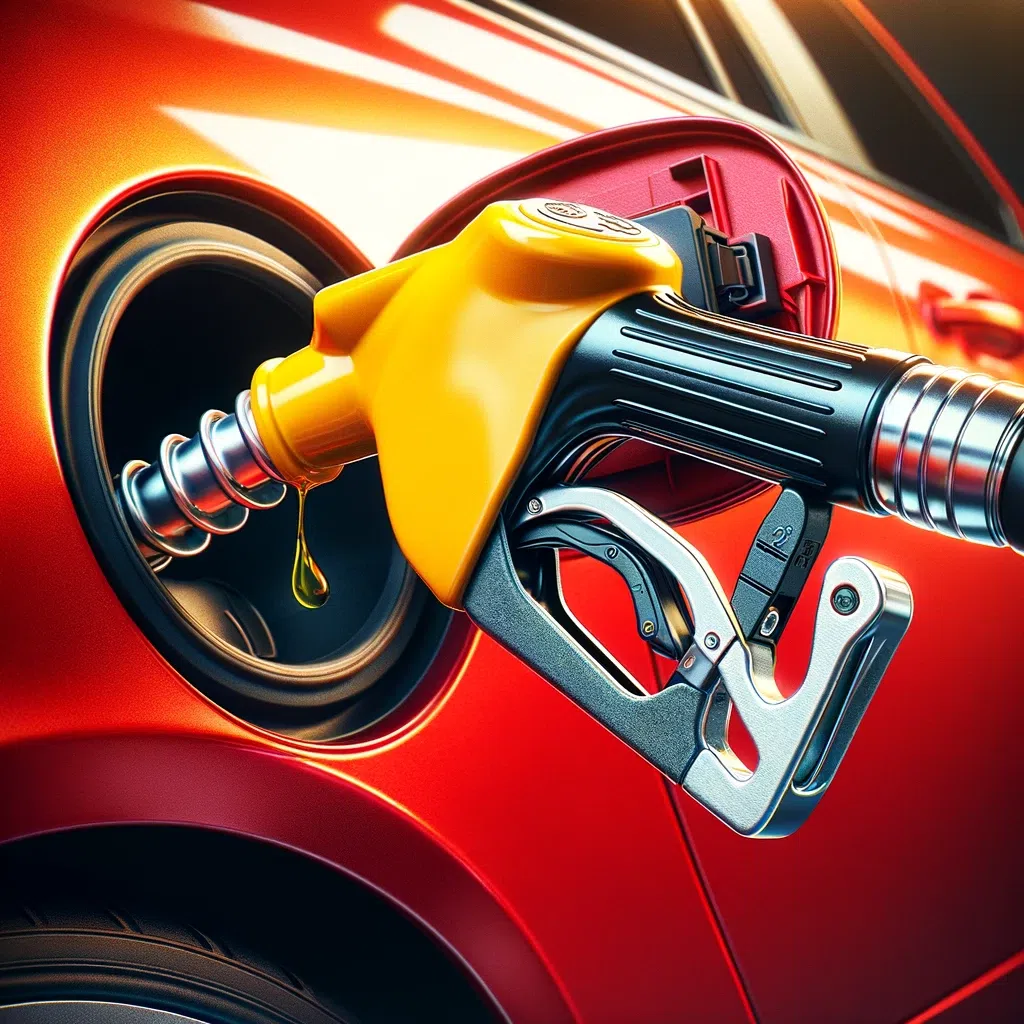E85 is an ethanol blend fuel that contains 51% to 83% ethanol, with the remaining percentage coming from gasoline. While E85 is growing in popularity and availability, especially in the Midwest United States, it’s not necessarily the right choice for every driver. This guide will cover the pros and cons of using E85 fuel so you can decide if it makes sense for your vehicle and driving needs.
What Vehicles Can Use E85?
| Key Takeaways |
|---|
| Only flexible fuel vehicles (FFVs) are compatible with E85 |
| E85 offers performance and economic benefits |
| But availability is limited and efficiency reduced |
| Cold weather and vehicle corrosion are concerns |
| Assess your personal fit before choosing E85 |
The first consideration when deciding on E85 is whether or not your vehicle is compatible with this ethanol blend fuel. Only “flexible fuel vehicles” or FFVs are approved by manufacturers to run E85. Running E85 in a standard, non-flex fuel vehicle can damage the engine and fuel system.
How do you know if you have an FFV? Here are a few indicators:
- A yellow gas cap with the text “E85/Gasoline”
- A label inside the fuel filler door that states “E85/Gasoline”
- Checking your owner’s manual for a listing of compatible fuels
- Looking up your VIN number on online resources of E85 compatible vehicles
If none of these signs point to E85 compatibility, do NOT use this fuel in your vehicle, as engine or fuel system damage could occur. Stick to standard gasoline only.
Benefits of Choosing E85

If you do have an FFV, here are some of the key benefits to choosing E85 fuel:
- Lower fuel cost per gallon – The ethanol content in E85 brings down the price at the pump, meaning filling up costs less.
- Increased performance – Ethanol contains oxygen, which allows an engine to more thoroughly combust fuel, releasing more energy and horsepower.
- Lower emissions – As a biofuel with plant-derived ethanol, E85 emits fewer greenhouse gases compared to pure gasoline.
- Supports American agriculture – E85 production utilizes corn and other plant products grown by U.S. farmers. Choosing E85 supports local economies.
E85 clearly has some major advantages, especially for performance enthusiasts or those looking to save money on fuel. But there are downsides to consider as well.
Drawbacks of E85 to Consider
While the pros are compelling, E85 does come with the following potential downsides:
- Reduced fuel efficiency – While horsepower is increased, miles-per-gallon decreases with E85. More frequent fill ups required.
- Availability limited to Midwest states – Higher concentrations of ethanol means supply chains are centralized in top corn-producing states only.
- Cold weather starting issues – Ethanol gels more easily in low temperatures, making starting difficult in cold climates. Fuel line heaters help.
- More corrosive than gasoline – E85 can corrode rubber, plastic and metal over time if vehicles aren’t designed for biofuel compatibility.
- Phase separation possible – Ethanol and gasoline can separate when exposed to water, requiring fuel system cleaning.
Clearly E85 requires some additional considerations in terms of vehicle compatibility, driving habits, climate, and more.
Is My Vehicle and Lifestyle a Fit for E85?
Now that you understand the key pros and cons of this ethanol blend alternative fuel, here are some final questions to see if E85 makes sense for your situation:
- Do I own an E85 flexible fuel vehicle?
- Is E85 conveniently available in my area?
- Do I drive fewer than 18k miles per year? (Offset reduced MPG)
- Does my climate experience extreme cold weather?
- Am I willing to inspect my vehicle more for corrosion issues?
- Can I afford potential repairs if E85 fuel system damage occurs?
If you answered yes to most or all of these questions, E85 could be a smart fuel choice, saving money while potentially increasing performance. But carefully weigh the benefits against the compromises to make the right decision for your vehicle.
As more drivers look to reduce emissions and engine performance continues to advance, ethanol blends like E85 will provide an appealing option over straight gasoline. But make sure to educate yourself on the pros and cons before committing to this alternative.

Elenor Desmaris, the driving force behind E85Calculator.com, is a fuel efficiency guru committed to helping you maximize your vehicle’s performance. With the Ultimate Guide Fuel Efficiency Calculator, Elenor equips you with the knowledge and tools to optimize your fuel consumption, save money, and reduce your environmental impact. Get ready to embark on a journey towards smarter and greener driving with Elenor’s comprehensive expertise.

